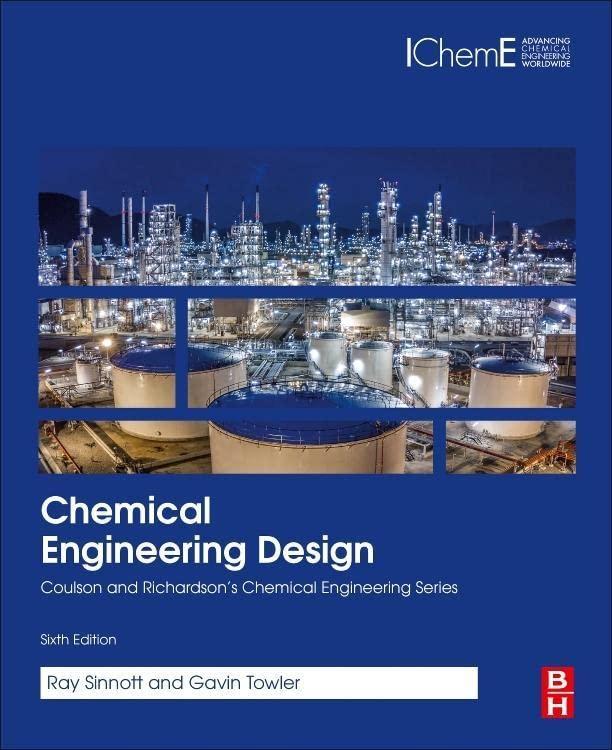Hydrogen chloride is produced by burning chlorine with an excess of hydrogen. The reaction is highly exothermic
Question:
Hydrogen chloride is produced by burning chlorine with an excess of hydrogen. The reaction is highly exothermic and reaches equilibrium very rapidly. The equilibrium mixture contains approximately 4 per cent free chlorine but this is rapidly combined with the excess hydrogen as the mixture is cooled. Below 200°C the conversion of chlorine is essentially complete.
The burner is fitted with a cooling jacket, which cools the exit gases to 200°C. The gases are further cooled, to 50°C, in an external heat exchanger.
For a production rate of 10,000 tonnes per year of hydrogen chloride, calculate the heat removed by the burner jacket and the heat removed in the external cooler. Take the excess hydrogen as 1 per cent over stoichiometric. The hydrogen supply contains 5 per cent inerts (take as nitrogen) and is fed to the burner at 25°C. The chlorine is essentially pure and is fed to the burner as a saturated vapour. The burner operates at 1.5 bar.
Step by Step Answer:

Chemical Engineering Design
ISBN: 9780081025994
6th Edition
Authors: Ray Sinnott, R.K. Sinnott, Sinnott Gavin Towler





